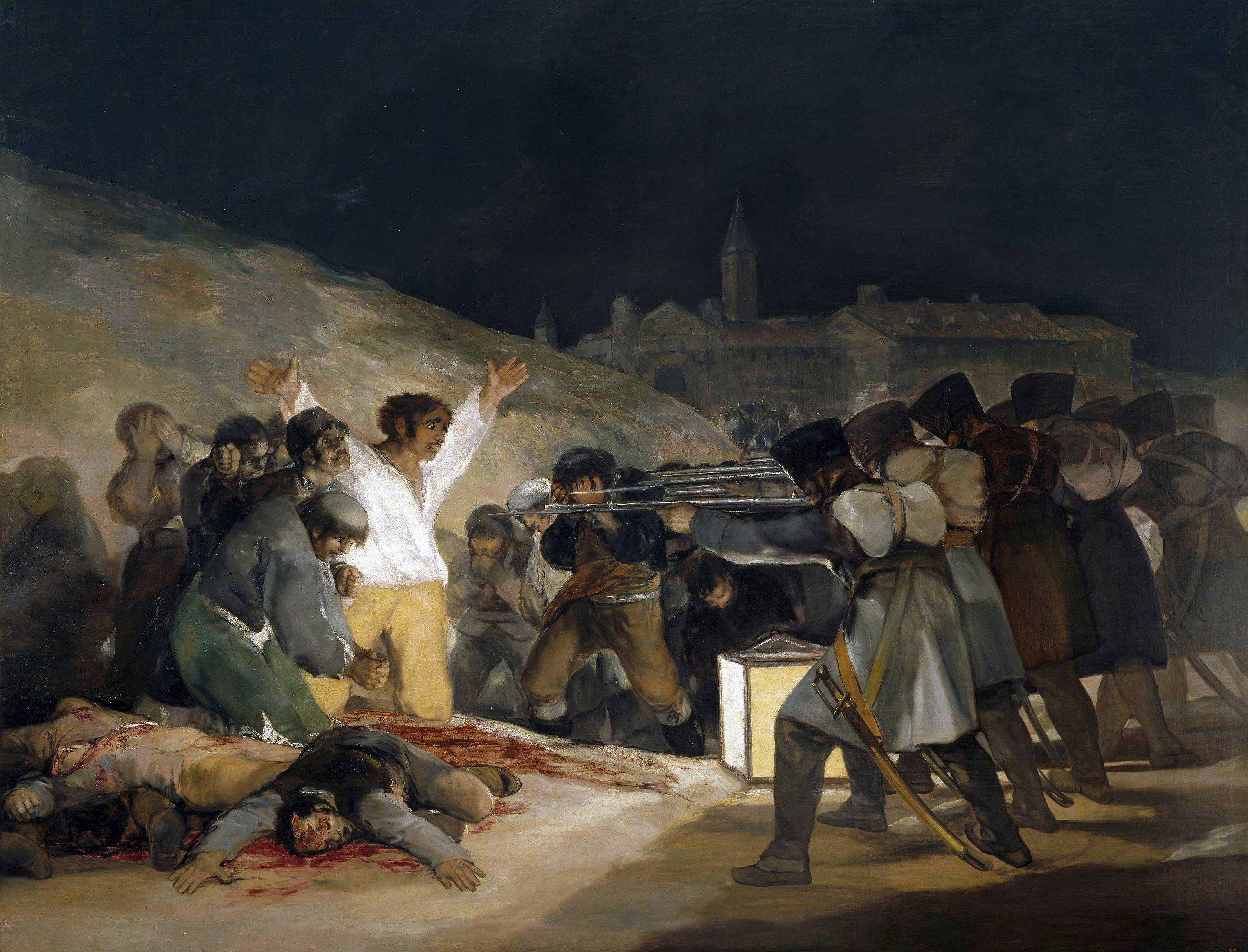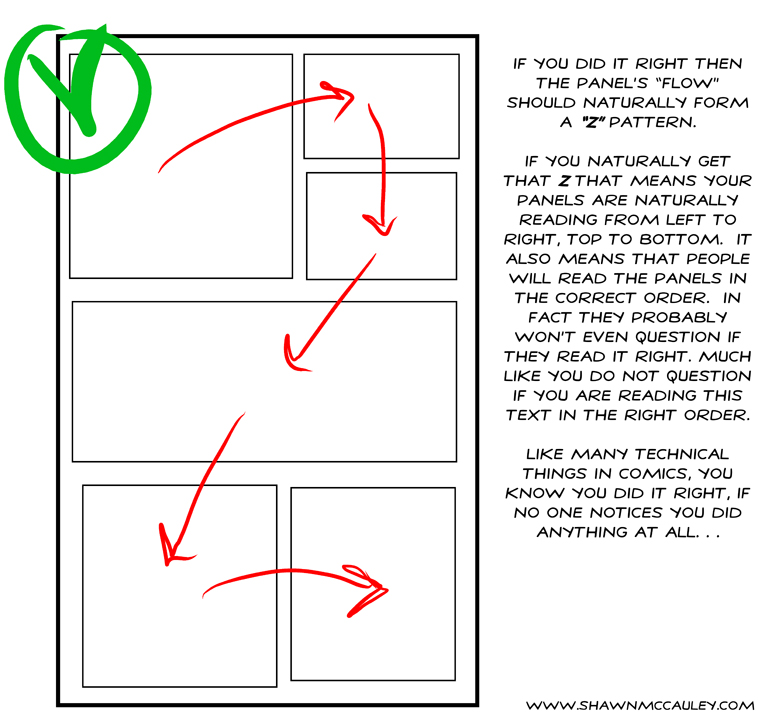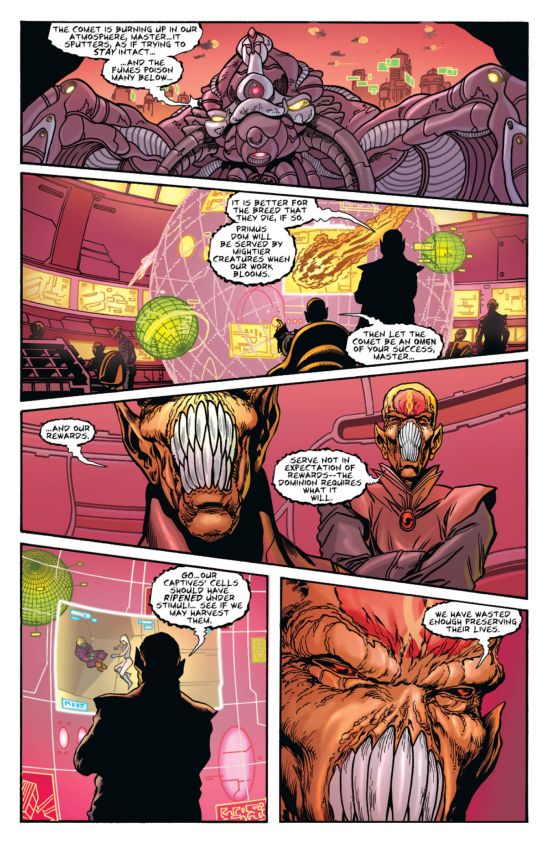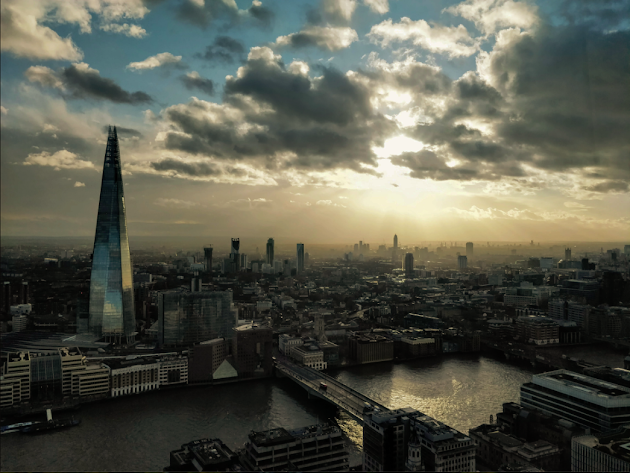Art Telling Stories
William Frederick Yeames - And When Did You Last See Your Father?
This painting of a fictional event from the English Civil War (1642 - 1646) is perhaps the most popular work in the Walker Art Gallery. It shows a Royalist house under occupation by Parliamentarians. The young boy is being interrogated as to the whereabouts of the master of the house. Behind him, a soldier gently holds the boy's crying sister. To the left can be seen the children's mother, her fear and anxiety at the boy's possible answer written in her face.
To the Victorians, children were often seen as ideals of truth and honesty. The suspense in this work comes from the dilemma the boy now finds himself in: to tell the truth and possibly endanger his father, or lie and maybe save him.
Yeames was inspired to paint this scene by the innocent and candid nature of his nephew who lived with him. The boy also acted as a model for the painting.
Franciso Goya - The Third of May 1808 (Execution of the Defenders of Madrid)
This painting was commissioned by the provisional government of Spain, upon Goya’s suggestion, to commemorate the invasion of Spain by Napoleon’s troops in 1808. At the time it was painted, the painting was considered groundbreaking and revolutionary, as it presents the horrors of war that had heretofore not been openly illustrated.
The painting focuses on one man, illuminated in white light in the middle of the painting, arms held out to the sides, facing a French firing squad. His slain companions litter the ground. It is thus considered one of the first pieces of modern art. This painting has influence a number of other artists, who have directly referenced the style and setting of the painting, including Edouard Manet and Pablo Picasso.
Probably Picasso's most famous work, Guernica is certainly the his most powerful political statement, painted as an immediate reaction to the Nazi's devastating casual bombing practice on the Basque town of Guernica during Spanish Civil War.
Guernica shows the tragedies of war and the suffering it inflicts upon individuals, particularly innocent civilians. This work has gained a monumental status, becoming a perpetual reminder of the tragedies of war, an anti-war symbol, and an embodiment of peace. On completion Guernica was displayed around the world in a brief tour, becoming famous and widely acclaimed. This tour helped bring the Spanish Civil War to the world's attention.
This work is seen as an amalgmation of pastoral and epic styles. The discarding of color intensifis the drama, producing a reportage quality as in a photographic record. Guernica is blue, black and white, 3.5 metre (11 ft) tall and 7.8 metre (25.6 ft) wide, a mural-size canvas painted in oil. This painting can be seen in the Museo Reina Sofia in Madrid.
Interpretations of Guernica vary widely and contradict one another. This extends, for example, to the mural's two dominant elements: the bull and the horse. Art historian Patricia Failing said, "The bull and the horse are important characters in Spanish culture. Picasso himself certainly used these characters to play many different roles over time. This has made the task of interpreting the specific meaning of the bull and the horse very tough. Their relationship is a kind of ballet that was conceived in a variety of ways throughout Picasso's career."
Some critics warn against trusting the political message in Guernica. For instance the rampaging bull, a major motif of destruction here, has previouse figured, whether as a bull or Minotaur, as Picasso' ego. However, in this instance the bull probably represents the onslaught of Fascism. Picasso said it meant brutality and darkness, presumably reminiscent of his prophetic. He also stated that the horse represented the people of Guernica.
TEN BEST LOVE PAINTINGS













Comments
Post a Comment